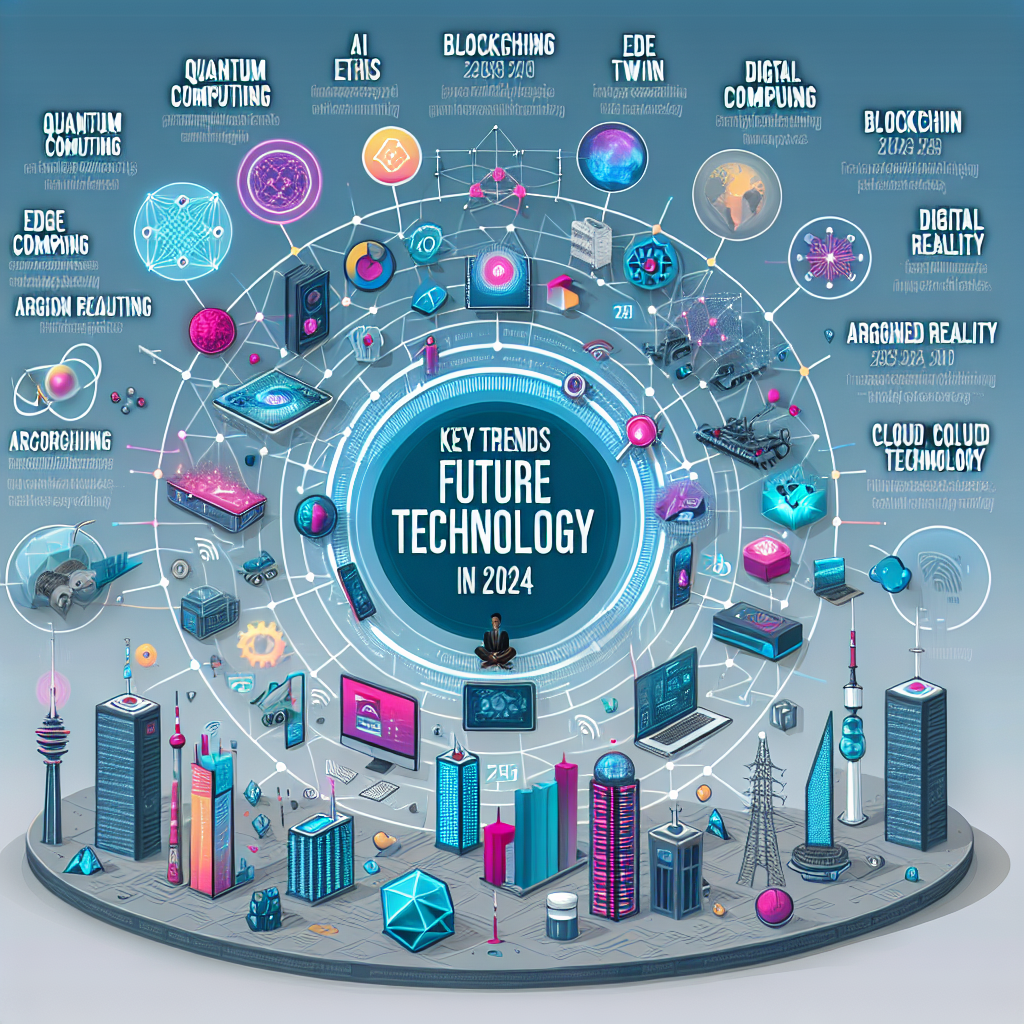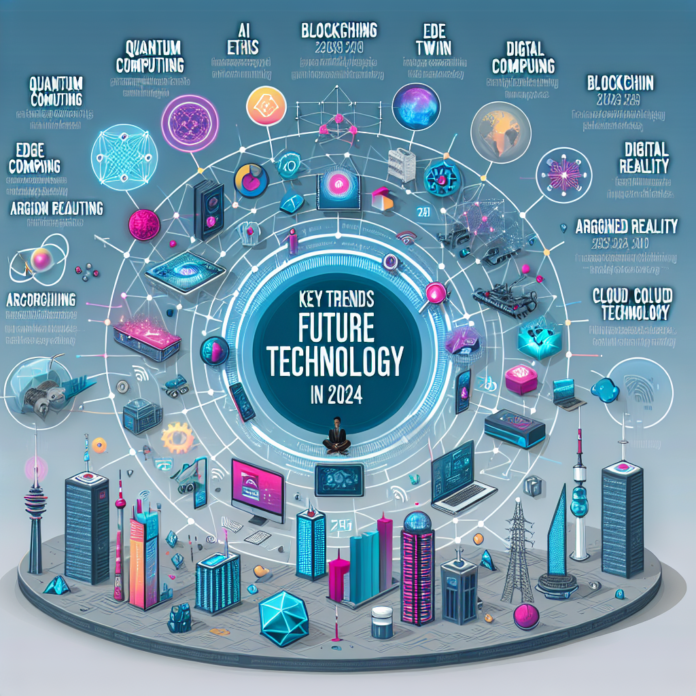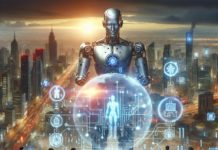
Introduction
As we step into 2024, artificial intelligence (AI) stands at the forefront of technological innovation, transforming industries and redefining the way we live and work. Picture a world where machines not only assist us but also anticipate our needs, making life more efficient and enjoyable. From healthcare to finance, AI is revolutionizing how we approach complex problems and interact with technology. In this article, we’ll explore the key trends in AI for 2024, their implications, and how they are shaping the future of technology.
1. The Rise of Generative AI
1.1 What is Generative AI?
Generative AI refers to algorithms that can create content, from text to images, based on input data. Think of it as having a creative partner that can draft articles, generate artwork, or even compose music. The rise of generative AI is pushing the boundaries of creativity and automation, making it a hot topic in tech discussions.
1.2 Applications in Various Industries
Generative AI is finding applications across multiple sectors. In marketing, for example, it can generate personalized ad copy tailored to individual consumer preferences. In healthcare, it assists in creating synthetic medical data for research without compromising patient privacy. Picture a world where creativity and efficiency go hand in hand, driven by AI-generated content.
1.3 Ethical Considerations
As with any powerful technology, generative AI raises ethical concerns, particularly around copyright and misinformation. Imagine a scenario where an AI-generated artwork is mistaken for human-created art, leading to debates over ownership and authenticity. Addressing these challenges is crucial as we embrace the potential of generative AI.
2. Enhanced AI Collaboration
2.1 AI and Human Synergy
In 2024, the focus is shifting toward enhancing collaboration between AI systems and humans. Instead of replacing jobs, AI is being designed to augment human capabilities. Think of a scenario in a manufacturing plant where AI analyzes data to predict equipment failures, allowing human workers to focus on more complex tasks that require creativity and problem-solving skills.
2.2 Tools for Seamless Collaboration
New tools and platforms are emerging to facilitate this collaboration. For instance, AI-powered project management software can streamline workflows by suggesting task assignments based on team members’ strengths and workloads. Picture a team where AI acts as a supportive partner, enhancing productivity and teamwork.
2.3 The Importance of Training
To maximize the benefits of AI collaboration, organizations must invest in training their workforce. Imagine employees equipped with the skills to effectively communicate and work alongside AI systems. This not only improves job satisfaction but also fosters innovation and adaptability in the workplace.
3. AI in Personalization
3.1 Personalized User Experiences
In 2024, personalization powered by AI is becoming a standard expectation rather than a luxury. From streaming services that suggest movies based on viewing history to e-commerce platforms that recommend products tailored to individual tastes, AI is enhancing user experiences across the board. Imagine a shopping experience where the system knows your preferences better than you do.
3.2 Data-Driven Insights
AI algorithms analyze vast amounts of data to deliver personalized recommendations. Think of an AI tool that studies your online behavior, preferences, and purchase history to provide tailored suggestions. This level of personalization not only improves customer satisfaction but also drives sales and loyalty.
3.3 Balancing Privacy and Personalization
However, the drive for personalization must balance with privacy concerns. Users are increasingly aware of how their data is being used. Picture a company that prioritizes transparency and offers users control over their data while still providing personalized experiences. Striking this balance is essential for maintaining trust.
Common Questions About AI in 2024
1. What is generative AI?
Generative AI refers to algorithms that can create content, such as text, images, and music, based on input data.
2. How is AI enhancing collaboration in the workplace?
AI is designed to augment human capabilities, allowing workers to focus on complex tasks while AI handles data analysis and predictions.
3. What are the key applications of AI in 2024?
Key applications include generative AI for content creation, enhanced collaboration tools, and personalized user experiences across various industries.
4. What are the ethical considerations of using AI?
Ethical concerns include issues related to copyright, misinformation, and user privacy, which must be addressed as AI technologies advance.
5. How can companies ensure personalized experiences while maintaining privacy?
Companies should prioritize transparency, allowing users to control their data while still delivering tailored experiences.
Conclusion
As we look ahead to 2024, the influence of AI continues to grow, reshaping the future of technology in profound ways. The rise of generative AI, enhanced collaboration between humans and machines, and a focus on personalization are just a few of the trends that are redefining our digital landscape. By embracing these innovations and addressing the associated challenges, we can create a future where AI enhances our lives, drives productivity, and fosters creativity. Let’s celebrate the potential of AI to transform our world for the better, paving the way for a more efficient and interconnected society.







